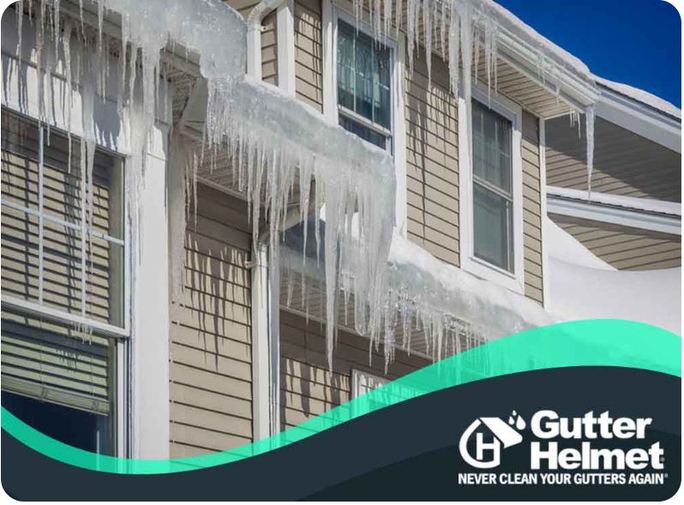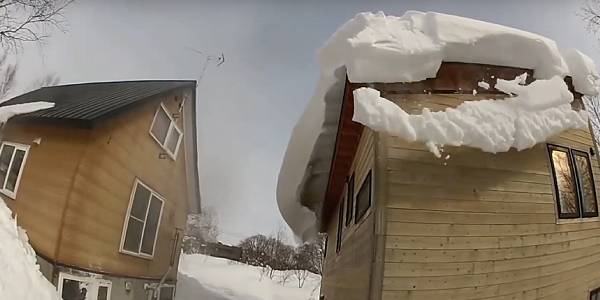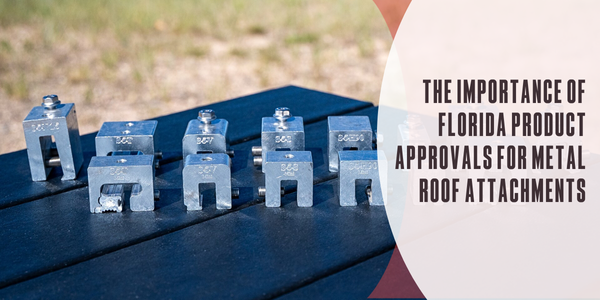Roofing Safety in Cold Weather

The best protection for winter work is planning ahead of time and being completely prepared.
By Heather Davis, Metal-Era, Inc.
Sure snow is pretty and winter may be welcome after a long, hot summer, but the weather conditions during this cold season warrant some special precautions that anyone who works outside should be aware of. When the weather is below freezing, most know that it is not recommended to install any kind of roofing applications. However, with ice damming or winter storm damage, sometimes roofers have no choice.
The best protection for winter work is planning ahead of time and being completely prepared. The obvious supplies you will need for winter roof work includes protective gear such as gloves, facemasks, and ice/snow traction devices that attach to heavy boots.
Top 3 Dangers for Winter Roofing
Hypothermia is when it is so cold that your body's temperature falls below the level required to keep your heart, lungs, brain, and other critical organs functional. Always keep extra clothes or blankets in your vehicle if you are getting to cold.
The key to preventing this very dangerous condition is to wear 3 specific layers of clothing. The first layer must be comfortable and able to take away the body's moisture from your skin. The next layer should provide your body insulation; suggested fabrics include goose down, holofil, or wool. Sometimes these types of fabric lose their insulating qualities when damp or wet. While fleece may not be as comfortable as goose down, it still can insulate your body when it’s cold and wet. The last layer should be able to resist wind and moisture.
If you think you are experiencing symptoms of hypothermia, call for emergency medical assistance immediately. Remove any wet clothing and put on dry clothes in a heated building or vehicle.
Frostbite occurs when your skin isn't entirely covered by clothing in freezing weather. Ice particles form in the cells which destroys the skin's tissues. If you lose feeling in a spot, check for pale skin. As frostbite gets more severe it changes to white, yellow, and blue when blood no longer flows to that area. The most vulnerable areas include the ears, nose, fingers, and toes.
To treat frostbite, you need to bring the area to a higher temperature. Be sure to never rub the skin, because that will cause further damage. You can also soak the area in warm water until it is warm and pink.
- Falling from a Roof
Even if you're working on a flat roof, you have to be careful. As mentioned before, stores sell traction devices for the bottoms of boots. This will give you a better foothold when working on a cold, icy surface. You can also place temporary guard rails on the roof to protect yourself in case you slip. Before going on the roof, try to remove as much ice and snow as possible in order to prevent injury.
How Cold is Too Cold?
When roofing a home or building, temperature is a major factor. When it is cold out materials can get brittle and may not adhere as well as they would in warmer weather. To avoid wasting valuable time and money, do not roof in temperatures under 40 degrees Fahrenheit. This will avoid material failure, wasted labor, and potential injury.
If you have no choice but to work on a roof in the winter, there are some tips! Keep the materials in a warm area before installing them on the roof, and install the roof in sections, not all at once. Another important tip is to make sure that all the roofers are tethered to the roof just in case someone slips.
Winter is not the most convenient time to install or fix a roof, but if you are careful it can work. Make sure you are protected from the weather and have proper equipment to stay safe on the roof. For tips and information on winter roofing hazards check out our previous blogs on ice dams and heavy snow loads. If you have any questions about roofing in the winter, contact us at www.metalera.com and a Metal-Era representative would be happy to help! Good luck and stay safe this winter!
Heather Davis is the marketing manager at Metal-Era, Inc.





















Comments
Leave a Reply
Have an account? Login to leave a comment!
Sign In